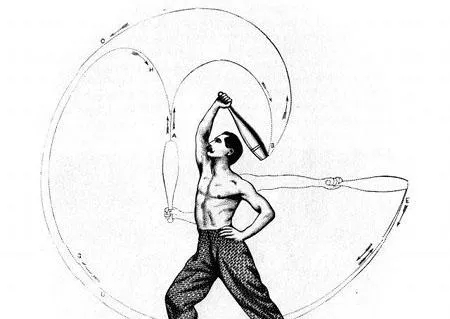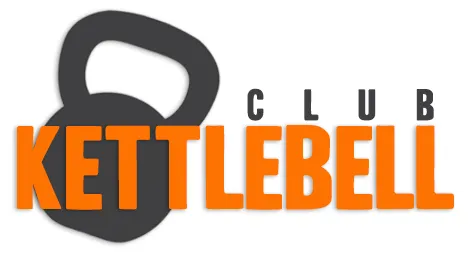
The Benefits of Indian Club Training
Indian club training, consists of swinging weighted clubs in different and sometimes elaborate movements in order to strengthen and increase mobility in your upper body. In the past decade, Indian club training has experienced a revival, especially among martial artists who find the shoulder-strengthening benefits of Indian club swinging to be particularly useful.
Shoulder strength and flexibility. This is perhaps the biggest benefit of Indian club training. As you know, your shoulder sits in a socket and has a wide range of motion. Unfortunately, most strength training exercises that target the shoulders, like the shoulder press, employ a very limited range of movement. Indian club training ensures you work your shoulders using their full range of motion, thus providing more complete shoulder strength and flexibility. If you’re involved in any sport that requires strong, flexible shoulders (and elbows too) like baseball, martial arts, and tennis, you’ll definitely benefit from Indian club training.
Grip and forearm strength. I was surprised how quickly my forearms began to burn when I first started swinging clubs. Holding a weight that’s at the end of a handle requires ample forearm strength. Also, holding onto the clubs so they don’t go flying out of your hands mid-swing helps you build a grip like a vise.
Core strength. The swinging motion requires you to engage your core muscles in order to stabilize your trunk.
Body coordination. Some of the more advanced Indian club swings require highly developed body coordination skills. I feel like a complete spaz doing some of them and have knocked myself in the brain canister a few times as I’ve learned new movements. But I’ve gotten better with practice. In fact, the body coordination benefits were a big reason why the U.S. Army had soldiers train with Indian clubs. According to the 1914 U.S. Army Manual of Physical Training: “The effect of these exercises, when performed with light clubs, is chiefly a neural one, hence they are primary factors in the development of grace and coordination and rhythm.” So not only are you working your shoulder muscles, you’re working the old noodle, too.
Cardiovascular exercise. Once you have a set of moves mastered, you can create a non-stop routine where you transition from exercise to exercise quickly. All that arm flailing can really get your heart going.
Great for rehab and prehab. If you’re nursing an injured shoulder or other upper body muscle, performing slow and controlled Indian club exercises are a great way to rehab. And many therapists recommend Indian club training as a way to “prehab” or prevent injuries from happening in the first place.
It’s fun! It’s really quite fun and challenge of mastering the various swings serves as motivation to keep working with the clubs.
EXPLORE
BLOG
PRESS
HELP
FAQ
STAY IN THE LOOP!
Be the first to know about exclusive deals, merch drops, free workouts and more.

Facebook
Instagram
Youtube